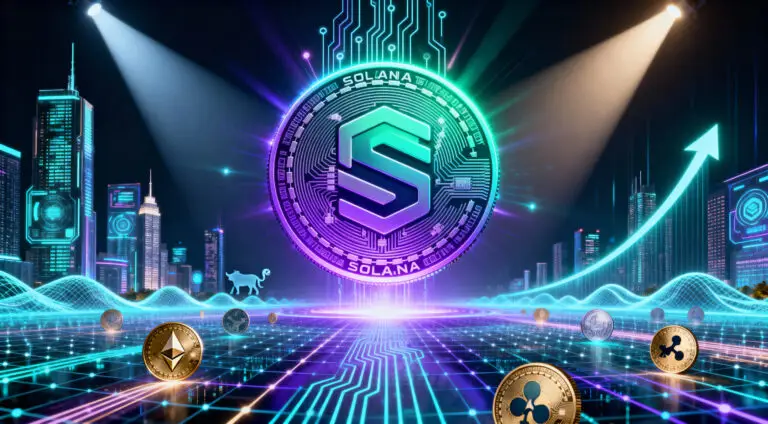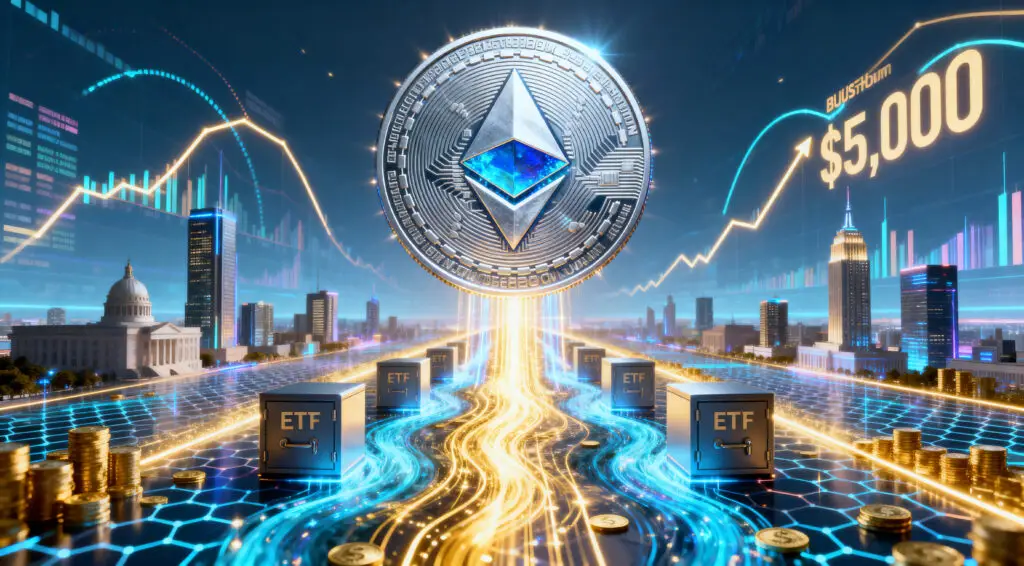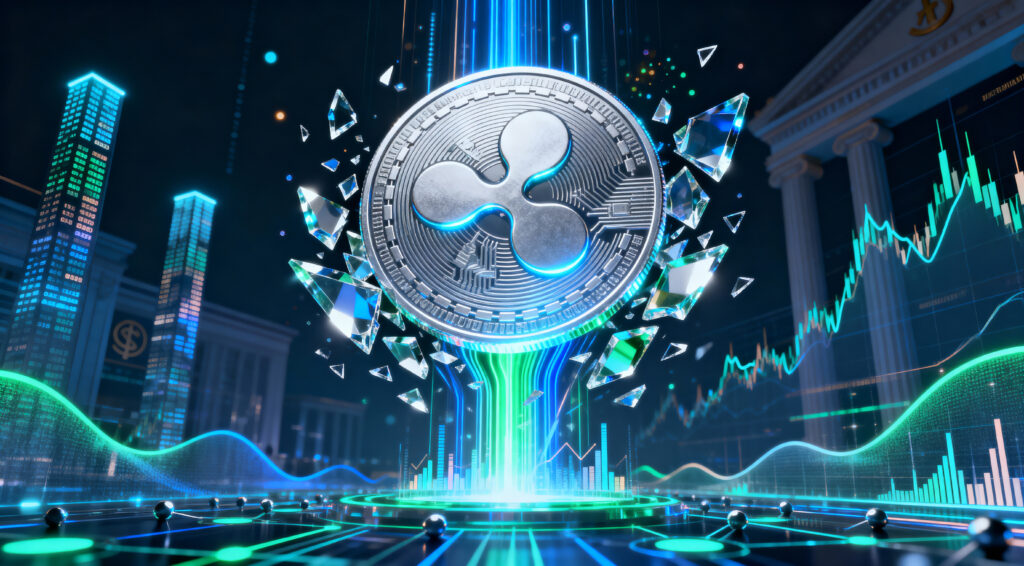As Bitcoin’s price continues to drop, Tron seems to be suffering alongside it. Tron claims to be a decentralized platform allowing users to freely publish and store content. They have further implemented their own cryptocurrency called Tronix (TRX), which can be used throughout their network, thereby allowing users to earn through online games.
In the wake of the DeFi boom, Tron figured out a way of fundamentally leveraging AI functionalities into blockchains, posting breathless transaction speeds and virtually no cost. (DeFi) is getting a tremendous amount of traction with many new projects, technology services, and startups emerging almost on a weekly basis. Stablecoin transactions were equally impacted, which skyrocketed alongside the rising DeFi projects on the Tron blockchain. Even though Tron claimed most of the market share in the DeFi sector, their continuous improvement attempts go unnoticed, sustaining broken services.
The continuously dropping Bitcoin price, in fact, must be getting along in coexistence with Tron suffering losses much deeper than other more established cryptocurrencies. Conclusively, the newly adapted policies make it viable to claim the future to be headed towards an intelligent, AI-dominated world and hence provide the initial boost for Lightelain to try and prove themselves as the leader.
Maintained at the forefront of crypto technology, the network’s transaction speed and cost-effectiveness are defining towards the network’s adoption and relevancy within the crypto ecosystem. Still, maintaining success in this highly competitive environment requires the ability to continuously adapt and change one’s approach towards new internationally accepted technological shifts.
Lightchain AI’s Vision: Building the Blockchain for Intelligent Applications
Unlike Tron’s established focuses, Lightchain AI remains a project that is purposefully directed towards the decentralized technologies’ future. The ability to perform artificial intelligence computations directly within the blockchain architecture is what makes Lightchain AI unique and sets it apart from the rest of the networks.
The unique and forward-thinking capability gives Lightchain AI a significant edge over more traditional networks like Tron. As the adoption of artificial intelligence technologies becomes prevalent across various industries, the design of Lightchain AI strategically positions itself to offer transformative solutions that integrate AI and blockchain, capitalizing on the trend.
The Looming Question: Innovation and the Race for Dominance
Can Tron, in this case, ‘innovate at a pace sufficient to remain a dominant force in an increasingly AI-empowered blockchain landscape? ’’ This turns out to be the defining question. Its answer will likely cast the longest shadow on Tron’s relevance amidst the swiftly shifting market tides that adopt intelligent and autonomous systems. At the same time, Lightchain AI, with its foundational focus on integrating AI, needs to scale the technology and build a competitive ecosystem against the network effects Tron’s platform has established.
The contest for supremacy in the blockchain hierarchy is expected to be intriguing. The controversial issue is likely to grab everyone’s attention as these sophisticated applications heighten competition, supporting seemingly limitless transcendence as one moves upwards. Triumph in these, along with building the most intelligent and sophisticated applications, lies in their ability to integrate, innovate, and grow a community of developers and users. Through these avenues, the ecosystems shape their worldview and proliferate the effectiveness of decentralized technologies.
As Bitcoin’s price continues to drop, Tron seems to be suffering alongside it. Tron claims to be a decentralized platform allowing users to freely publish and store content. They have further implemented their own cryptocurrency called Tronix (TRX), which can be used throughout their network, thereby allowing users to earn through online games.
In the wake of the DeFi boom, Tron figured out a way of fundamentally leveraging AI functionalities into blockchains, posting breathless transaction speeds and virtually no cost. (DeFi) is getting a tremendous amount of traction with many new projects, technology services, and startups emerging almost on a weekly basis. Stablecoin transactions were equally impacted, which skyrocketed alongside the rising DeFi projects on the Tron blockchain. Even though Tron claimed most of the market share in the DeFi sector, their continuous improvement attempts go unnoticed, sustaining broken services.
The continuously dropping Bitcoin price, in fact, must be getting along in coexistence with Tron suffering losses much deeper than other more established cryptocurrencies. Conclusively, the newly adapted policies make it viable to claim the future to be headed towards an intelligent, AI-dominated world and hence provide the initial boost for Lightelain to try and prove themselves as the leader.
Maintained at the forefront of crypto technology, the network’s transaction speed and cost-effectiveness are defining towards the network’s adoption and relevancy within the crypto ecosystem. Still, maintaining success in this highly competitive environment requires the ability to continuously adapt and change one’s approach towards new internationally accepted technological shifts.
Lightchain AI’s Vision: Building the Blockchain for Intelligent Applications
Unlike Tron’s established focuses, Lightchain AI remains a project that is purposefully directed towards the decentralized technologies’ future. The ability to perform artificial intelligence computations directly within the blockchain architecture is what makes Lightchain AI unique and sets it apart from the rest of the networks. The unique and forward-thinking capability gives Lightchain AI a significant edge over more traditional networks like Tron. As the adoption of artificial intelligence technologies becomes prevalent across various industries, the design of Lightchain AI strategically positions itself to offer transformative solutions that integrate AI and blockchain, capitalizing on the trend.
The Looming Question: Innovation and the Race for Dominance
Can Tron, in this case, ‘innovate at a pace sufficient to remain a dominant force in an increasingly AI-empowered blockchain landscape? ’’ This turns out to be the defining question. Its answer will likely cast the longest shadow on Tron’s relevance amidst the swiftly shifting market tides that adopt intelligent and autonomous systems. At the same time, Lightchain AI, with its foundational focus on integrating AI, needs to scale the technology and build a competitive ecosystem against the network effects Tron’s platform has established.
The contest for supremacy in the blockchain hierarchy is expected to be intriguing. The controversial issue is likely to grab everyone’s attention as these sophisticated applications heighten competition, supporting seemingly limitless transcendence as one moves upwards. Triumph in these, along with building the most intelligent and sophisticated applications, lies in their ability to integrate, innovate, and grow a community of developers and users. Through these avenues, the ecosystems shape their worldview and proliferate the effectiveness of decentralized technologies.















